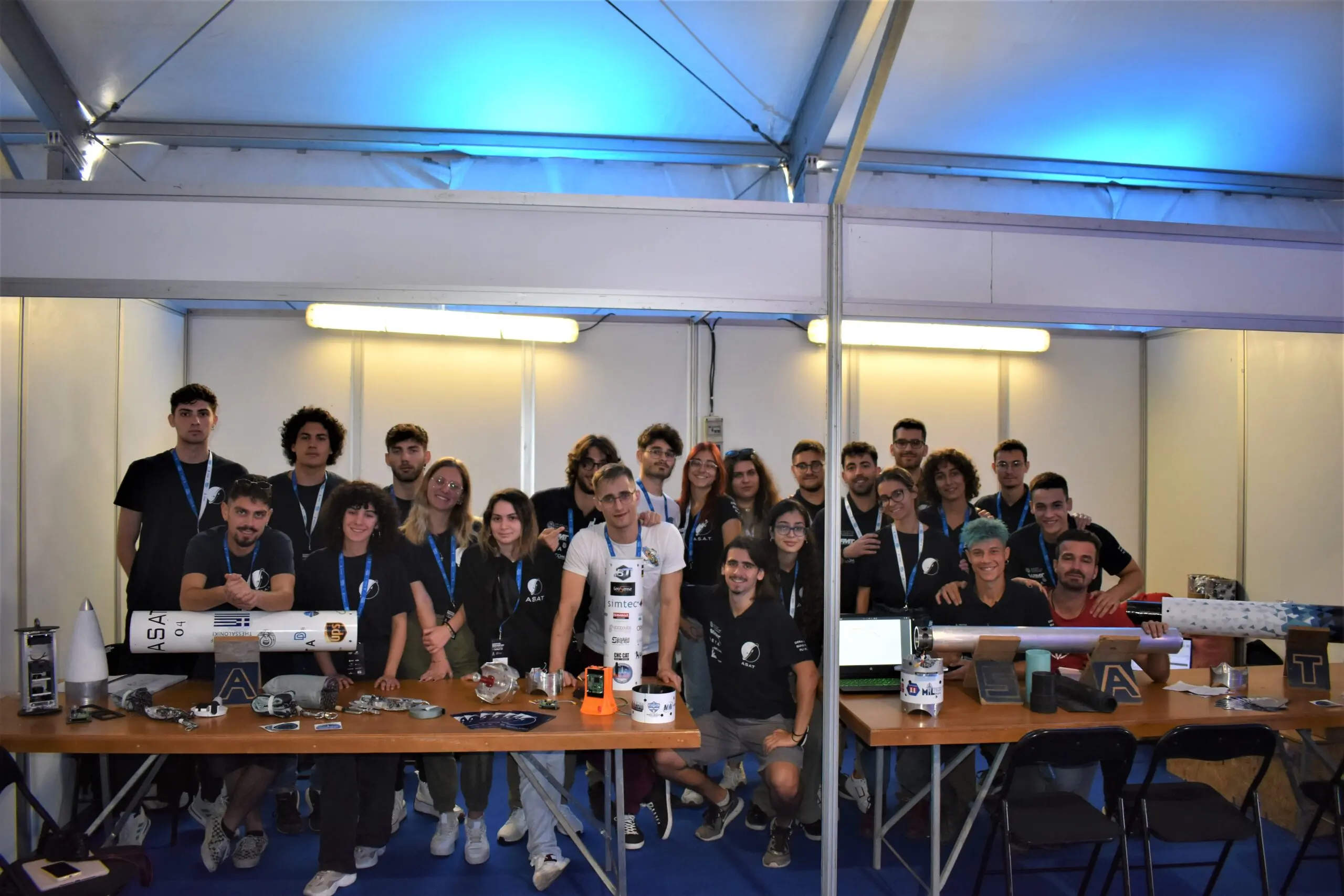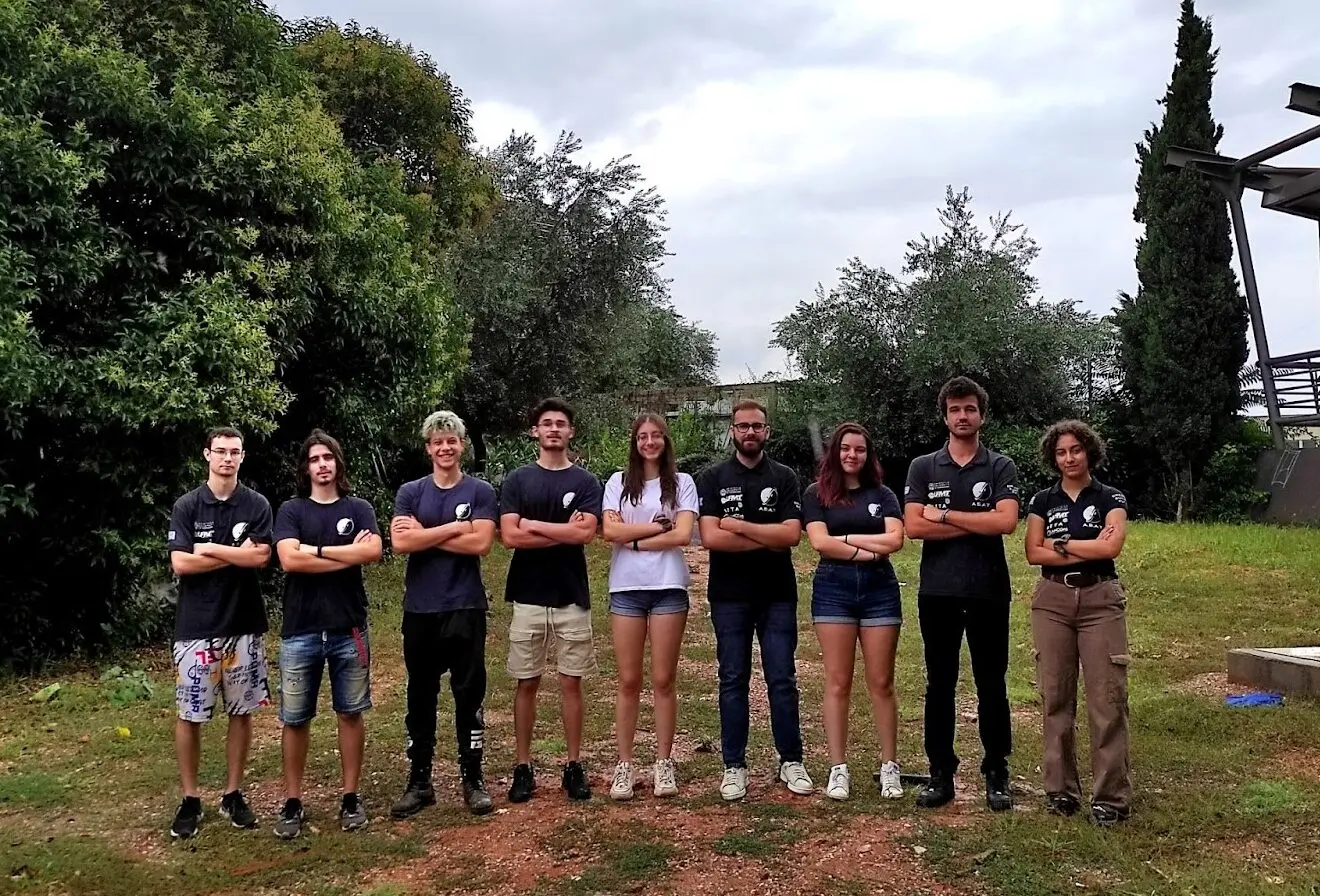Aerodynamics Subsystem
The Aerodynamics subteam is responsible for the design of the aerodynamic surfaces of the rocket. The goal is to design a rocket that reaches the desired apogee while remaining stable throughout the flight. To achieve that the subteam designs and analyzes the nosecone, body tube and fins of the rocket. Also the subteam have some RnD projects.
At the first phase of the design process, the open source software OpenRocket. OpenRocket is used to get a first estimation of the basic dimensions of the rockets, and for trajectory and stability analysis. The main disadvantage of OpenRocket is its limited accuracy, so further analysis is done.

In detail, the rockets components are designed in the CAD software Solidworks and analysis is done using CFD software ANSA and ANSYS CFX. Moreover, ANSA is used for the meshing and CFX for the solver. At the end of that process the optimum design is selected. It is important to note that during the design process, design variables (like weights) may change so the design must change once again to accommodate them.

Currently the subteam’s RnD projects are the Tailcone and Airbrakes.
The Tailcone’s goal is to reduce the rocket’s drag by minimizing the base drag. This is achieved mainly by reducing the intensity of the vortices.
The Airbrakes system goal is to control the apogee of the rocket, by controlling the rockets drag using surface vertical to the flow that protrude from the body. The percentage of the surfaces exposed to the flow is regulated by a controller.
Also the subteam goal in the near future is to develop its own trajectory analysis software and look into dynamic control solutions like roll control and active fin control.








